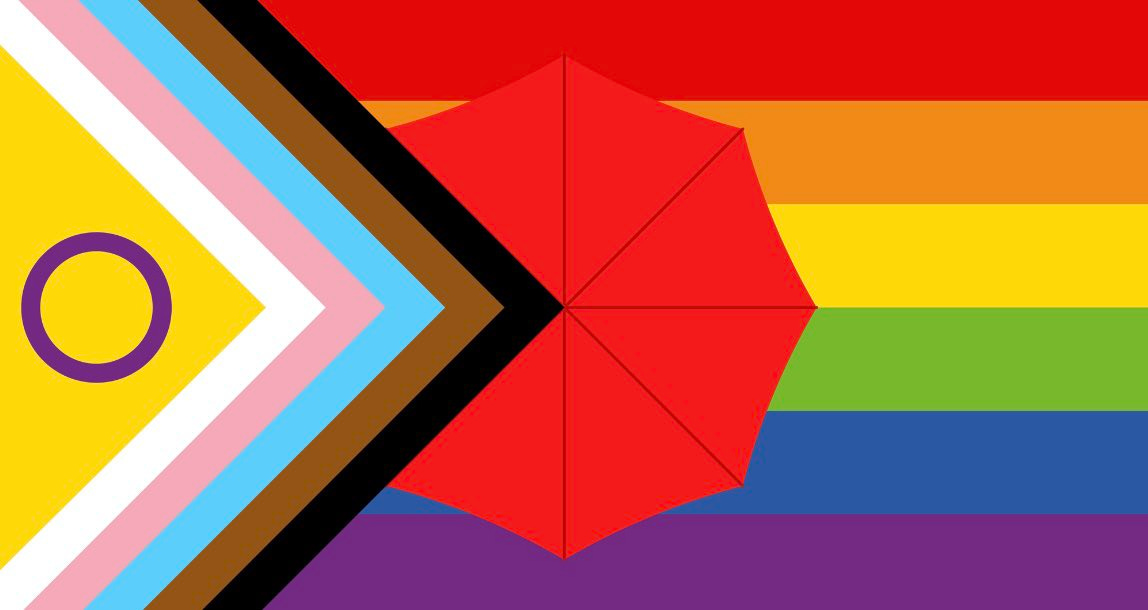How The Rainbow Flag Lost Its Pride
And might be getting it back
The debate around the rainbow pride flag and its ever-increasing colors, stripes, and symbols seems to re-erupt on social media every few months. What used to be a simple, six-striped pattern is now an eyesore and a shadow of its original meaning.
The most recent debate was sparked by a tweet from Transgender Europe (TGEU), a “trans rights” advocacy organization. In the tweet, the organization presented a new progress pride flag that cluttered the flag with more elements than ever: black and brown stripes for LGBT “people of color,” the blue, white, and pink stripes of the trans flag, the intersex flag, and, the newest addition, a red umbrella to include “sex workers.”
Keep reading with a 7-day free trial
Subscribe to The Distance to keep reading this post and get 7 days of free access to the full post archives.



